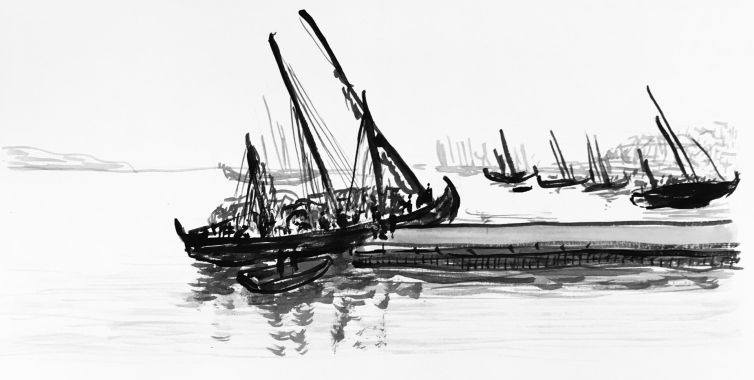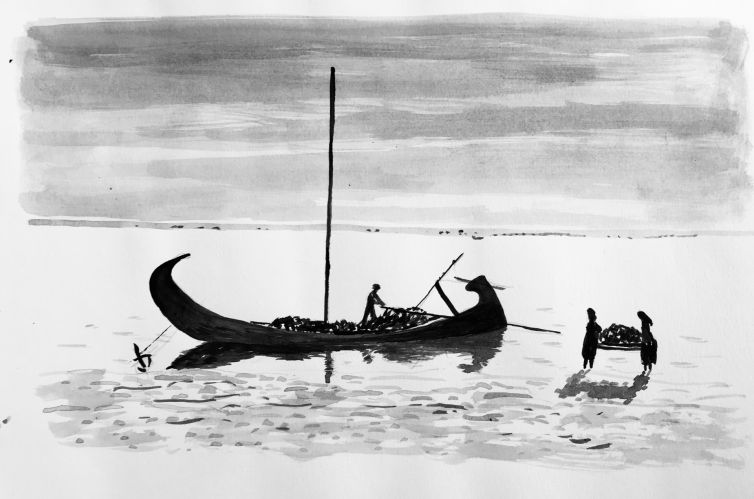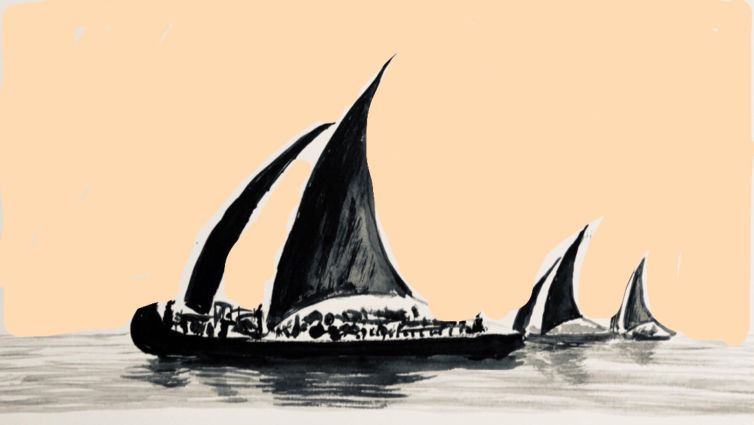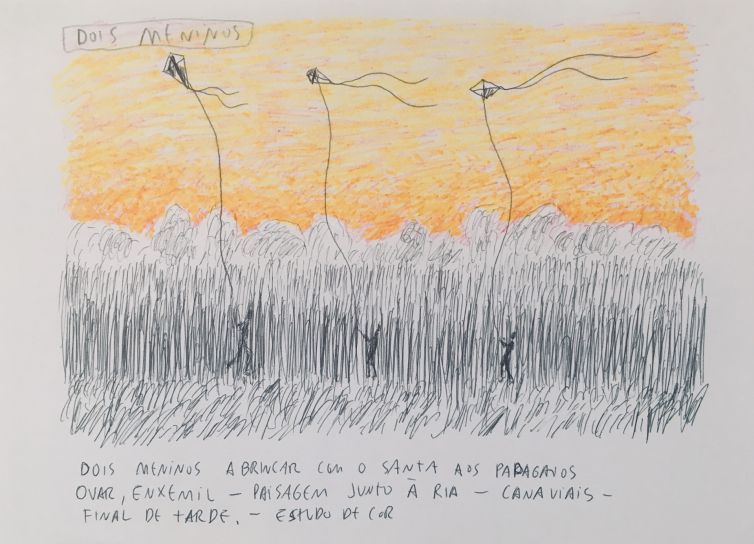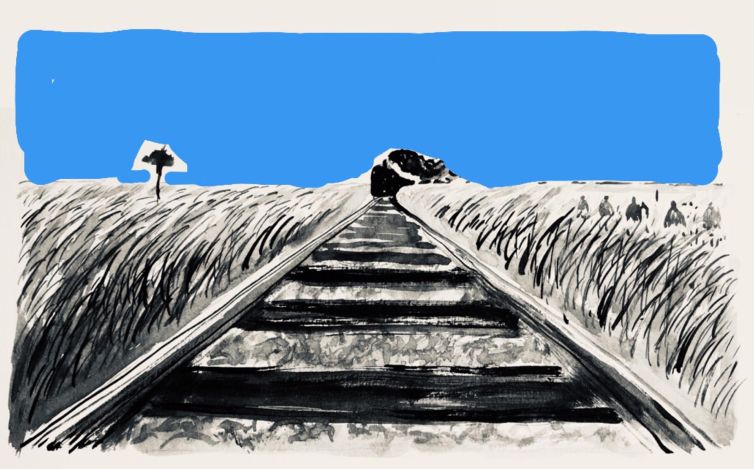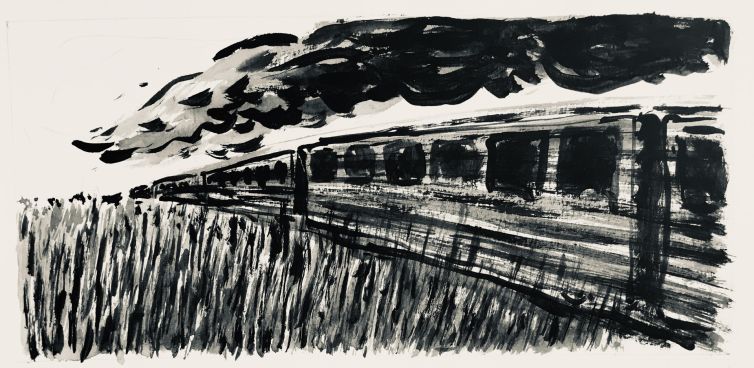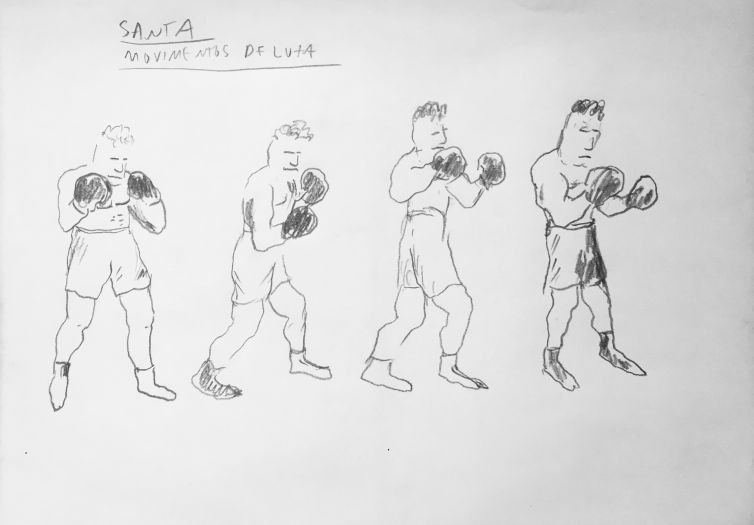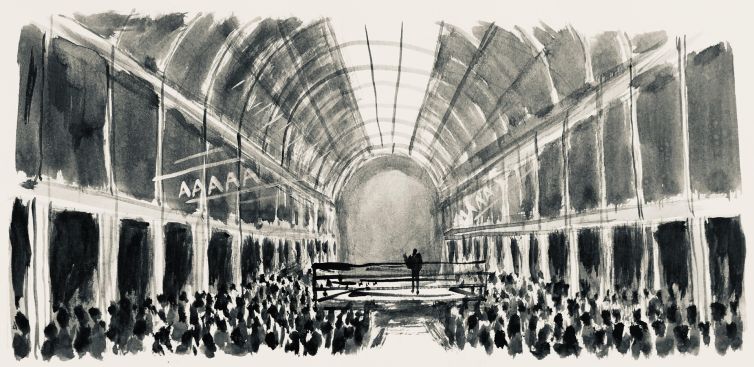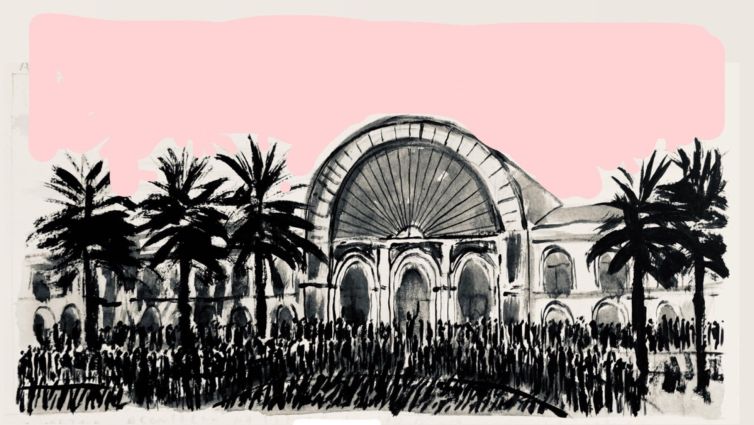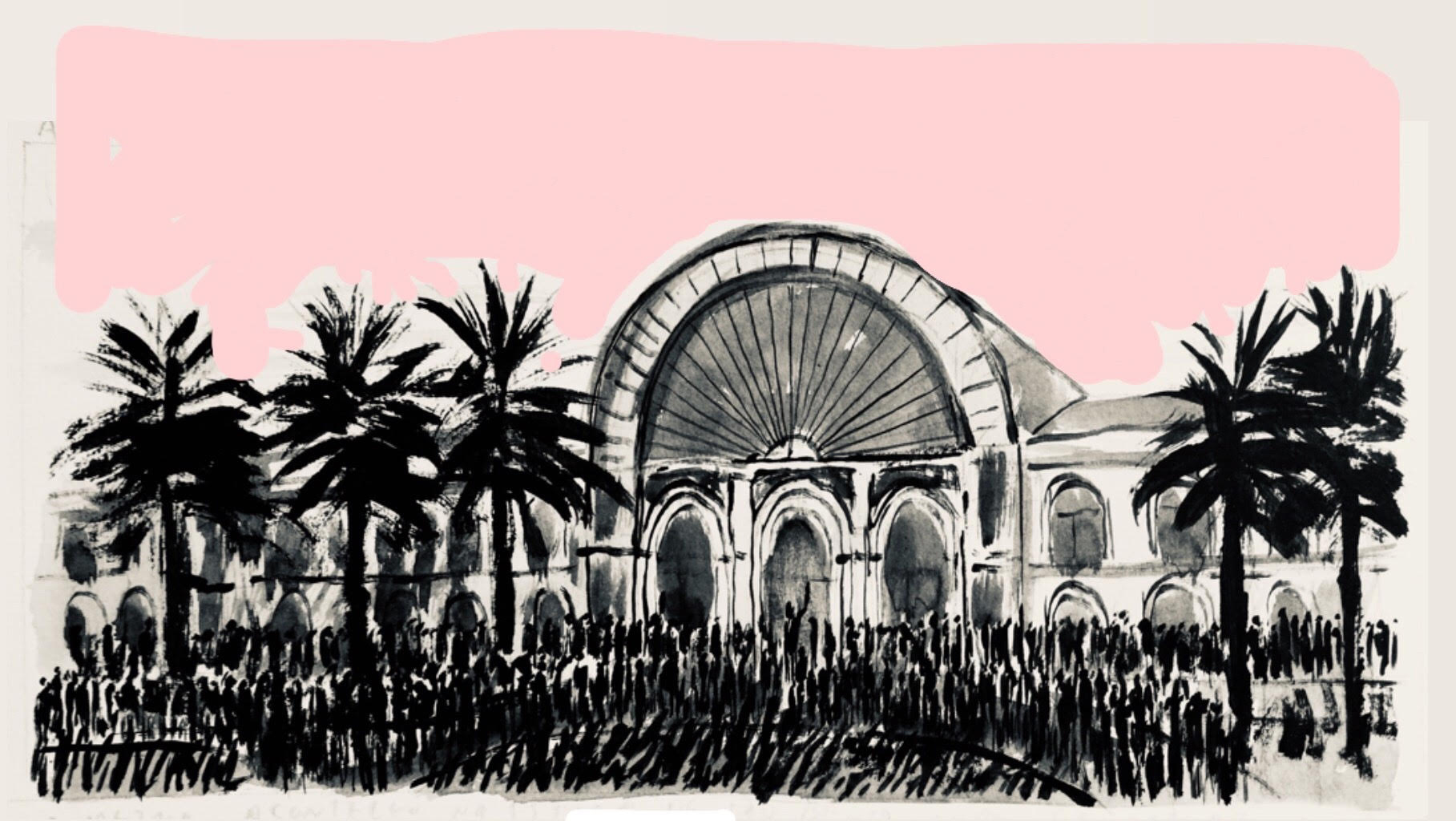
Tema
José Santa was born in Ovar (Portugal) in 1902 and died in that same Portuguese seacost village 66 years later. He was known has Santa Camarão and achieved as a boxeur a great international success.
Santa Camarão is a very well-known figure in Ovar. There is a statue and a street with is name and there still who tells stories about this champion.
As a child Xavier de Almeida (one of the authors), also from Ovar, heard about this legendary boxeur and later on decided to know him better thus resulting in a Comics book writen in collaboration with Bernardo Fachada. The book tells us the story of a boxeur that was a giant since he was born, as tall as 2,06 metters, a shoe size 50 and huge hands that was kept apart because of his size.
As in the book, the film relates the story of José Santa during one of the memorable fights of Santa Camarão at the Palácio de Cristal (in Porto) against a French boxeur know by Demoor. It’s throughout the fight that through a series of flashbacks that we get to know some of the most remarking moments of his life.
When he was ten, he went to Lisboa to make a living as a lighterman and a docker. He came across with boxing bringing him success in Portugal and abroad in the 30’s. In the United States he won 31 consecutive fights in a single tour. A champion that Xavier de Almeida and Bernardo Fachada say to be a peacefull and melancholic person who’s story needs to be told. This story is based upon a little journal writen by José Santa himself.
“I don’t recall the first time I heard about him but I know I was amazed. In Ovar during my childwood – a small city, conservative and not to keen with any sort of agitation – Santa Camarão seemed to me as a fresh breeze. Has a great reference or as an icon. Time went by as did my youth; I wandered by Porto, then Rotterdam, studying something, working on something else… until I decided to move to Lisboa in 2010. One day, when talking proudly for sharing the same birth place of such a character with a friend (who recently read a small article by Marco Vaza in a newspaper about José Santa “Camarão”) that I sadly realized that no one knew Santa. Why not…? One of the greatest boxeurs in the world and with such an overwhelming life story.”
Xavier Almeida
It was then we got very involved with that figure. We live in Lisboa, a city that welcomed José Santa when he came to work as a lighterman when he was only ten. The affection and and friendlyness we feel for this character was poured in a comic book making him reborn. Over time, while investigating his life, we came across also with his historical and social environment, such as the exodus of the people from Ovar towards Lisboa in the end 19th century, beginning of the 20th; that most men worked in the docks and as lightermen, while women continued to do what they did back home: selling fish in the streets thus giving bith to one of the iconic figures of Lisboa, the “Varinas”.
We discovered that many of the frigates that sail the Tejo were built in the docks of ria de Ovar(lagoon region) by two brothers that were naval engineers; and that the first strike and women demonstration was yeld by “Varinas” in 1912… Therefore, Santa Camarão was more than a great boxeur, he was a bridge between present and past, almost making them touch each other. We got to know the real Santa. He’s fears, anguishes and his fado. A lighterman among many. And there was a notebook writen by Santa himself that tells us the first part of José Santa in the first person. That story was spilled in the film script that we’re presenting, illustrating the childhood in Ovar, youth in Lisboa and the beginning of his carreer. An all the atmosphere of those times. In its essence this is the lesser known version of Santa Camarão although he’s most epic: intimate, sad, melancholic, lonely, misunderstood, lost… and those are the character and environments that most astonishes us amd moves us to bring back to stage on an boxing ring.
Xavier Almeida & Pato Bravo
Durante a primeira luta da sua carreira, José Santa "Camarão" revive memórias da sua infância em Ovar e da sua juventude em Lisboa, traçando a sua evolução de rapaz para lenda do Boxe Português.
